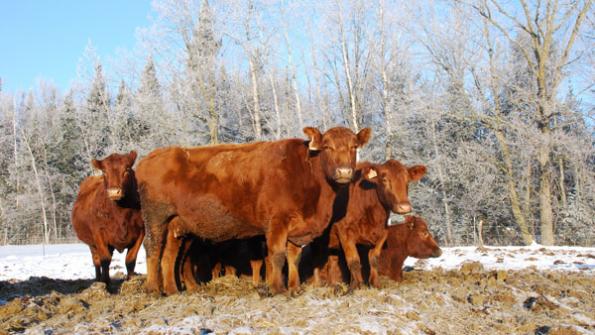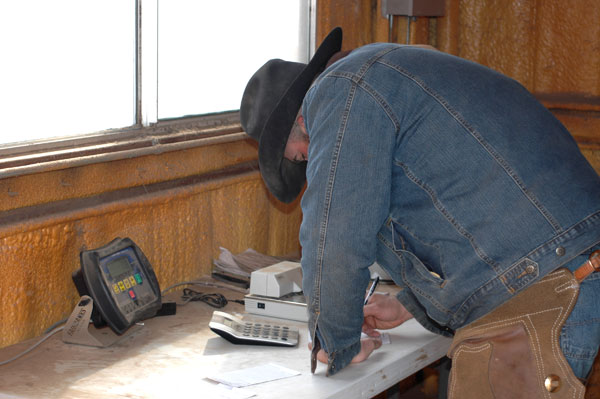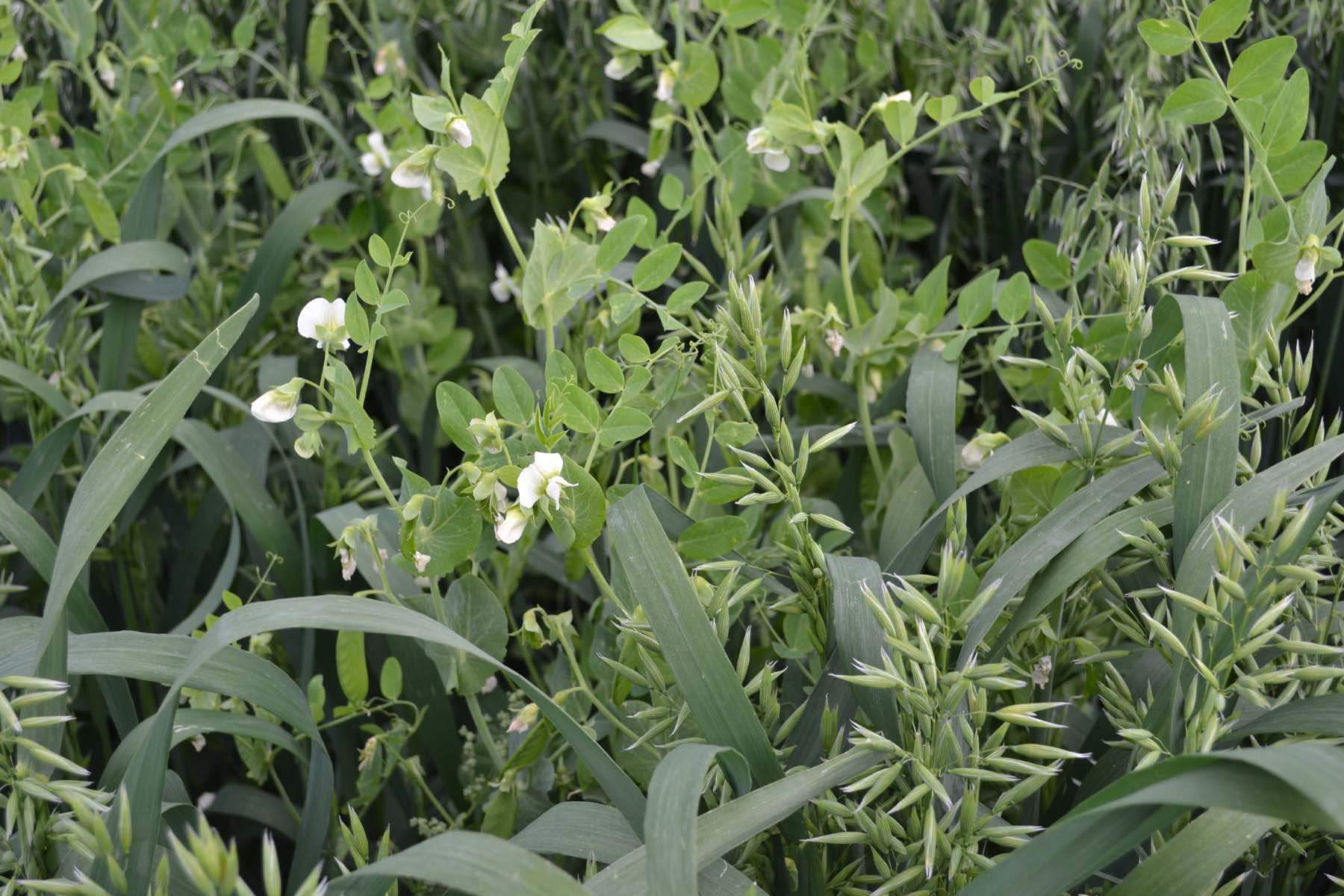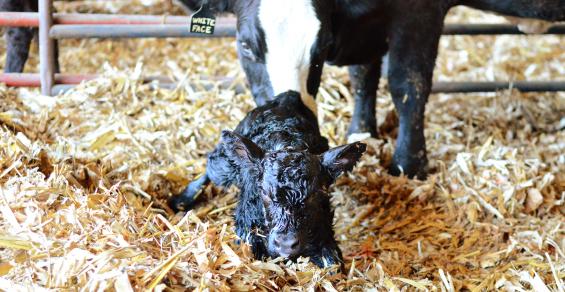Every once in a while, a heifer or cow needs a little help calving. Most of the time, a calf can be safely delivered by hand, once you’ve done any any necessary repositioning. But upon occasion, you need a mechanical calf puller.
A calf jack is a great tool when used appropriately, but if used incorrectly it can cause severe damage. Click here for tips from the Angus Beef Bulletin on when and more importantly, how, to correctly use a calf puller.

You already know that when cold weather hits, cows need to eat more to maintain body temperature. But how much more depends on a lot of things, like wind chill and how wet or dry it is, according to onpasture.com.
The major effect of cold on the nutrient requirement of cows is increased need for energy. To determine magnitude of cold, lower critical temperature for beef cows must first be estimated. For cows with a dry winter hair coat, the lower critical temperature is considered to be 32 degrees F. In general, researchers have used the rule of thumb that cows’ energy requirements increase 1% for each degree the wind chill is below the 32 degree lower critical temperature.
Cargill Inc. has made a minority investment in an Ireland-based tech company whose software can recognize individual cows and other livestock, reports the Minneapolis/St. Paul Business Journal. Cainthus, based in Dublin, employs facial-recognition technology to help identify individual animals based on hide patterns (even all-black ones, because there are still variations in their coats that humans might not discern).
The company’s software also monitors food and water intake, heat detection and behavior patterns in livestock and delivers that data to farmers, who can use the information to adjust feeding portions and schedules.

Just because the CEO of the Humane Society of the United States went down in flames after being accused of sexual harassment doesn’t mean the animal rights crowd is going away. The end of 2017 saw an uptick in the release of “undercover videos” from activist groups who paid individuals to gain employment on farms. These highly edited images are distributed to the media or posted online to influence public opinion and fundraise.
Protecting the safety of your livestock and the reputation of our industry are top priorities in animal agriculture, and making sure we are hiring the right people is critical. As you plan for the rest of 2018, review your hiring procedures to ensure you are being vigilant.

Although it might seem like grazing animals will eat any grass in the field, they are actually picky eaters. They prefer a “buffet” of grass choices. While it’s good for the grazing animals, growing a variety of forage plants in the field also benefits the plants, the soil and the environment, reports the Angus Beef Bulletin.
Usually, perennial grasses serve as the primary component in grazing pastures. Most polyculture systems add in annual species because of their flexibility and low cost of establishment compared to their perennial counterparts. Using legumes (clovers, alfalfa and peas) can increase protein and nutrients in the available forage. Including legumes also supplies the plants in the pasture with naturally produced nitrogen fertilizer.




Leave A Comment